SEARCH






|
|
|
|


by Editor Vicente Dolz
Imagine that you are the last photographer, the only one left in the world!
You will have to take charge of photographing all kinds of things: weddings, birds in flight, street shots, landscapes, fine art nudes and all the other subjects.
And you can only use one lens for all of these genres.
Which lens would you choose?
By definition, the focal length is the distance in millimetres that exists between the focal plane of the sensor and the optical centre of the lens.
The smaller the focal length, the larger the angle of vision.
The larger the focal length, the smaller the angle of vision.
The angle of vision determines the visual field of the lens and allows us to classify the lenses into different groups.
Wide angle lenses
The wide angle lenses cover the angle of view between 64° and 84° degrees of visual field what means a larger angle of vision than the human eye.
It is most commonly used for landscape photography – usually between 12 mm and 24 mm. For street photography, the most common focal lengths are 28 mm and 35 mm, sometimes 50 mm.

Telephoto lens
The telephoto lens has a focal length greater than 50mm (for full frame sensors or 35 mm film).
Long telephoto lenses are mainly used in sports. Very common are the 300 mm telephoto lens, but the most used is the 70-200 mm zoom because it can be used for many occasions.
The short telephoto lenses, 85 mm, 100 mm, 135 mm are used frequently for portrait photography. The 50 mm lens is also used for portrait photography, depending on the photographer’s choice and what he/she wants to realise.
There is a lot to talk about when it comes to the focal length and which one is the best to use. Depending on the type of photographs you want to take, you will choose one or another. Sport photographers, macro photographers or street photographers will all choose a different one.
So, do you know which one you would choose if you were the only photographer left on earth?
 | Write |
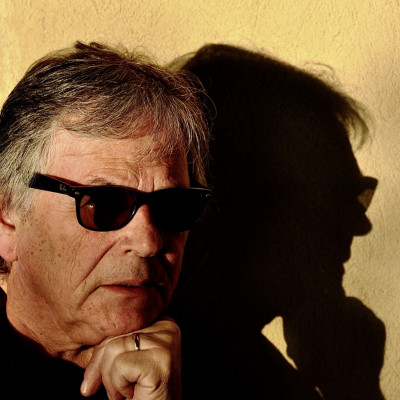 | Arnon Orbach CREW Dear Yvette, I read the article with interest. I take photos as a hobby for over 50 years. From my experience the one lens I would choose is 24 – 70 mm f/2.8 which in the last few years I mostly use this lens. If I had a choice of 2 I would add 70 – 200 mm F/2.8 although personally I believe that I can manage with one.
Greetings
Arnon
|
 | Kent Olsson PRO Lovely and inspiring panel of images and thoughtful article. Thanks! |
 | Vicente Dolz Thanks Kent! |
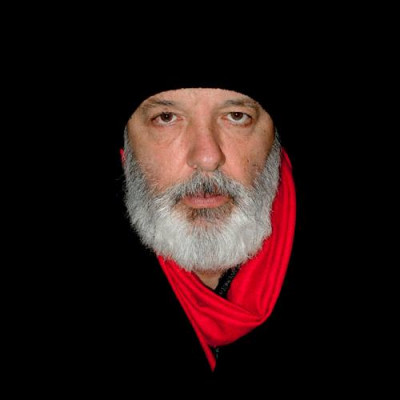 | Massimo Della Latta Splendid |
 | Vicente Dolz Thanks Massimo
|
 | Theo Luycx A interesting article Vincente and also nice to see my contributing. You did a good job. |
 | Vicente Dolz Thank you very much |
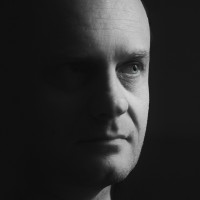 | Paolo Lazzarotti PRO First of all, so happy to give my humble illustrative contribute to this interesting article!
What should I do?
Nothing more, nothing less than the same thing I'm doing now - feeding my passion with my actual gears.
I wouldn't certainly venture in something new to me if this would not giving any energy to my art.
People understanding my point, would love my art as before.
People NOT understanding, I wouldn't just care!
Just my 2 cents |
 | Yvette Depaepe CREW Good reply, Paolo! Thanks a lot... |
 | Vicente Dolz Thanks Paolo |
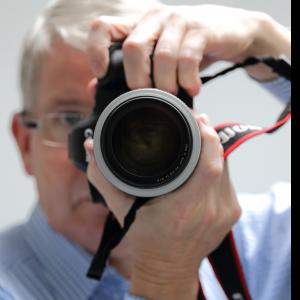 | Wicher Bos CREW Nice angle Vincente! And most impressive selection too! |
 | Vicente Dolz Thank you. |
 | Wayne Pearson PRO Hi Yvette and Vicente, thank you for choosing one of my photographs ( No Stars But Stripes) to be included in your very interesting article. No matter how good the camera is, in my opinion the lens is even more crucial, the trick is selecting the right one for the job, thank you again it's such a thrill! |
 | Yvette Depaepe CREW Thanks a lot for your fine feedback, dear Wayne! |
 | Vicente Dolz Thanks Wayne. Completely agree with you.
|
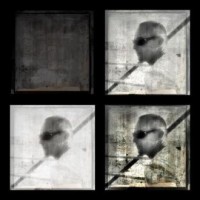 | Paulo Abrantes PRO great article and reflection. congrats |
 | Vicente Dolz Thanks Paulo. |
 | Marius Cinteza CREW Interesting article, questions and points of view, Vicente! Thank you so much for including one of my photos! :-) |
 | Vicente Dolz Thanks Marius. A greeting. |
 | Yvette Depaepe CREW Tough choice, Vicente! I would try to manage taking all three ;-)
Nice article, thanks. And congratulations to all the authors.
Cheers, Yvette |
 | Vladimir Asriyan A normal lens is a photographic lens whose focal length is approximately equal to the size of the diagonal of the frame, and the angle of view from 40 ° to 51 ° inclusive.
Traditionally it is believed that the image captured by such a lens looks the most correct from the point of view of the human eye, that is, such a lens gives the most natural perspective.
In classic 35 mm film and digital photography, a lens with a focal length of 50 mm is considered such a “normal” one. Such a value was chosen by Oscar Barnack, the creator of the first Leica cameras.
Therefore, I would choose a good zoom that would necessarily include F = 50 mm.
Thank you Vicente. Thank you Ivette. |
 | Yvette Depaepe CREW Thanks for your comment in depth, dear Vlad. ALways great to have feedback ;-) |
 | Vladimir Asriyan I'm always ready and happy to be of service, dear Yvette! :-) |
 | Vicente Dolz Thanks Yvette |
 | Vicente Dolz And thanks Vladimir!!
|